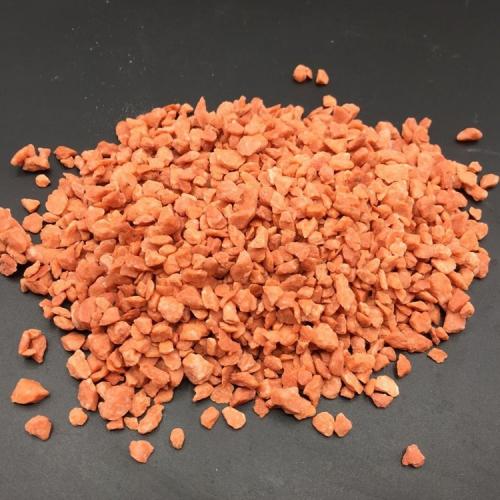Potash Fertilizers: Essential for Optimal Plant Growth and Quality Yields
Potassium and its Role in Plant Nutrition
Potassium is an essential macronutrient for plant growth. As one of the three primary nutrients along with nitrogen and phosphorus, potassium plays a vital role in many plant processes. It is involved in photosynthesis, carbohydrate production and translocation, protein synthesis, enzyme activation, water regulation, and stress resistance. Maintaining adequate potassium levels in soils is crucial for optimal plant growth and strong yields with good quality.
Sources of Potassium for Plants
Plants can absorb potassium from the soil solution in the form of soluble potassium ions (K+). These potassium ions are derived from the weathering of minerals in soils or from applied fertilizers. Common minerals containing potassium that slowly break down over time include feldspar, mica, and illite. However, these minerals alone may not be able to provide sufficient quantities of potassium to support high-yielding crop production. That is where fertilizers become necessary to replenish potassium removed from the soil by previous harvests.
Types of Potash Fertilizers
There are different types of fertilizers available to suit various soil and crop needs:
– Muriate of potash (KCl): This is the most commonly used and affordable potash fertilizer. It contains 60% potassium oxide (K2O).
– Sulphate of potash (K2SO4): Contains 50% K2O. It is preferred for crops sensitive to chloride such as tobacco.
– Potassium nitrate (KNO3): Contains 13% nitrogen and 38% K2O. Provides both potassium and nitrogen.
– Manure: Well-decomposed farm manure contains 1-2% K2O and can be a good organic source of potassium.
– Langbeinite (K2SO4.2MgSO4): Contains 22-23% K2O and 11-12% magnesium. Ideal for soils deficient in both potassium and magnesium.
Determining Potash Needs
Several factors need to be considered when deciding how much and what type of potash fertilizer to apply:
– Soil test potassium levels: Regular soil testing is crucial to evaluate the existing potassium reserves and requirements.
– Previous crop removal: Potassium needs vary greatly by crop. Knowing what was grown previously helps estimate potassium removed from the field.
– Yield goals: Higher yields require higher nutrient inputs including potassium to sustain quality and profitable production levels.
– Soil texture: Coarse-textured sandy soils are less able to hold onto potassium compared to finer-textured soils.
– Climate conditions: Potassium can leach more readily from humid, high rainfall areas compared to temperate or arid regions.
Proper Application and Management
For potash fertilizers to be effective, they must be applied appropriately based on soil test recommendations:
– Source: Choosing the right potash fertilizer material based on soil and crop needs.
– Rate: Applying the recommended amount of fertilizer to meet but not exceed crop requirements.
– Time: Potassium is generally applied pre-plant or at planting for optimum root uptake during critical growth periods.
– Placement: Broadcasting over the soil surface or banding near seeds/plants for efficient utilization.
– Compatibility: Combining potash with other fertilizers requires testing for physical and chemical compatibility.
In Summary, with balanced nutrition, potash plays a key role in crop production by supporting strong, healthy plants that yield top quality harvests year after year while maintaining long-term soil fertility and sustainability. Regular soil testing helps farmers apply the right source and amount of potash for optimal plant growth and profitability.


